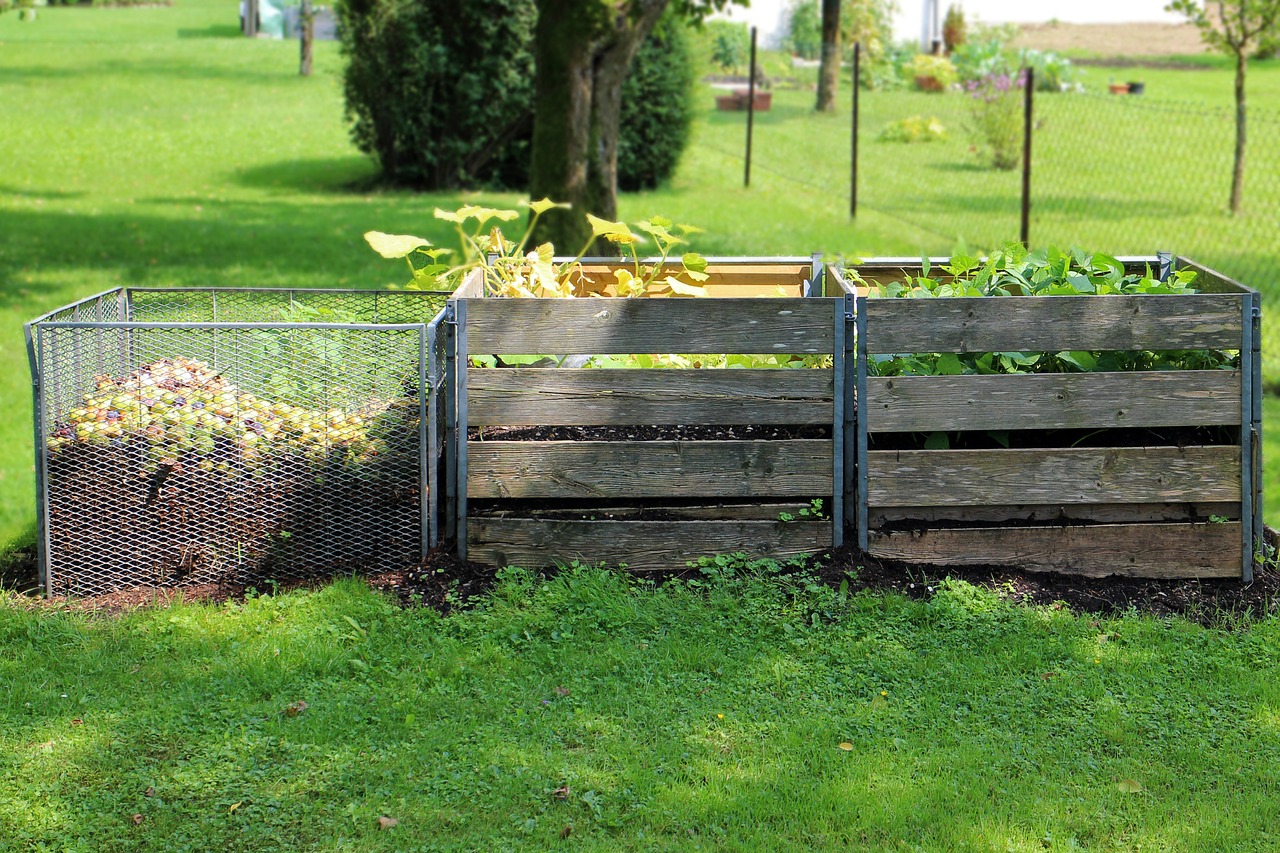How to Make Compost at Home
Posted on Friday, July 22, 2016, 10:08 AM, by Monica Dufour, under
Lifestyle

Compost is a great way to add extra nutrients to your plants to help them grow and restore vitality to soil. It’s also free--you pretty much just use old food scraps! Plus, you’re helping not only your garden, but the rest of the environment since you’re recycling your old food products.
According to EarthEasy.com, composting can divert as much as 30 percent of household waste away from the garbage can. It is also a natural alternative to chemical fertilizers and helps reduce landfill waste. Here are some steps on how to create your own compost at home.
Get a container
While this step is optional--you can create the compost in a simple pile--you’re more likely to get animals eating it without a container. It will also make the process neater and will be easier to put in your
garden. You can create your own container, but you can also buy one that will make it easier for you to mix.
Fill your bin
Your compost bin should have a good mixture of items that are high in nitrogen and oxygen. You can layer or mix the compost but you want to make sure that they come in contact. It’s recommended that you start with a high in oxygen layer first to keep enough air near the bottom. You can either do three-parts oxygen-rich items to one-part nitrogen items, or just keep half and half.
Here is a list of items that you can compost:
High in carbon
- Young weeds
- Grass cutting
- Fruit and vegetables scraps
- Coffee grounds and tea leaves (and tea bags)
- Vegetable plant remains
- Plants
High in nitrogen
- Autumn leaves
- Dead plants and weeds
- Old flowers
- Hay
- Paper towels
- Paper bags
- Cotton clothing (torn up)
- Egg shells
- Hair (human, dog, cat, etc.)
Turn your pile regular
You should turn your compost pile regularly, once every week or two. When you mix the pile, it keeps air flowing, which encourages aerobic decomposition. Also, turning the pile helps encourage the growth of the right kind of bacteria and makes a nice, sweet smelling pile that will decompose faster. If you don’t have a compost bin that turns on its own, you will have to do it manually. Just use a pitch fork or a shovel and move the entire pile to a clear spot, then move it back into the original bin.
Do not compost these items
There are some items you simply can’t put in your compost heap due to health, hygiene and inability to break down. Here are items you shouldn’t put in your compost bin:
- Meat and meat scraps
- Bones
- Fish
- Plastic or synthetic fibers
- Manure of any animal that eats meat (this will contaminate your compost and plants with foodborne illnesses)
- Disposable diapers
- Magazines
- Cat litter
- Bread, pasta, and cooked food (They will not break down easily and will become slimy)
Time to use your compost
In the summer time, the compost will be ready in a few weeks. In the cooler seasons, it will take a little longer. When it’s ready to use, the compost will have a crumbly texture and a rich, earthy smell. Make sure to remove any large chunks that haven’t broken down yet. Now that it’s ready, you can spread it on or dig it into your
garden beds.